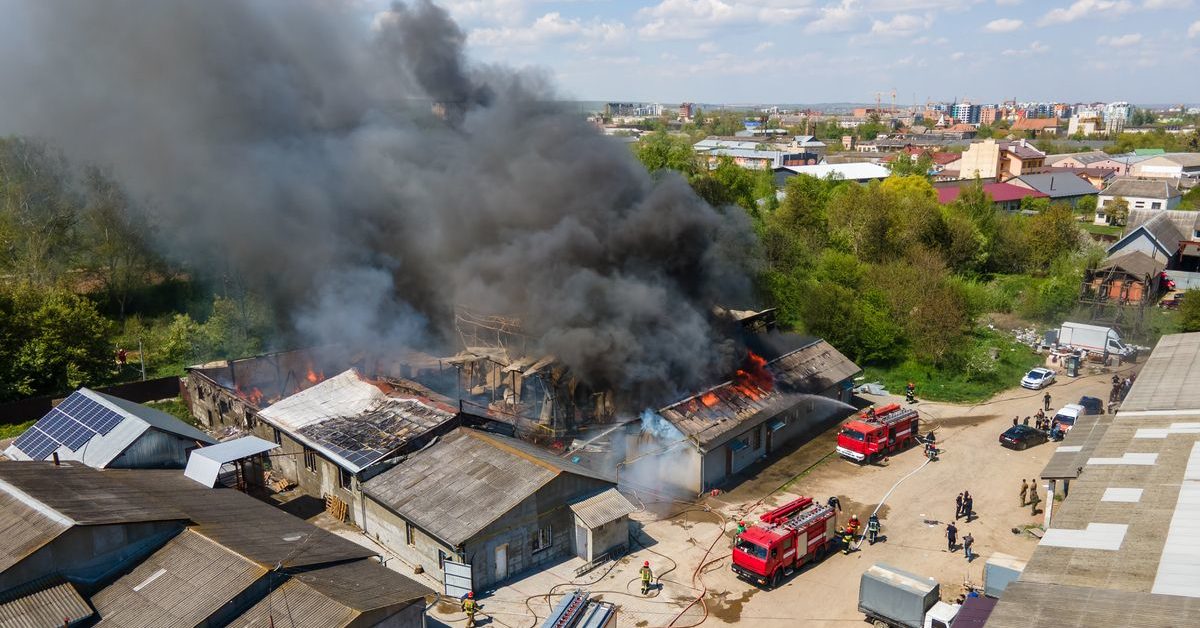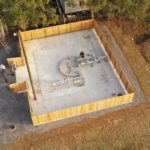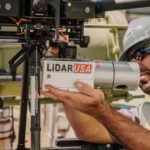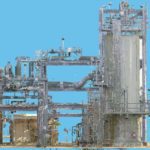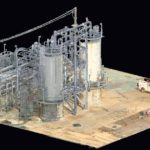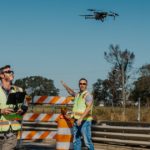Drone use is becoming more common in today’s society and using them for public safety is no exception. Drones are now even being used by fire departments and other first responders.
In this article, we’ll discuss how common drone use really is in firefighting across the United States, and we’ll detail some of the ways that drones help firefighters.
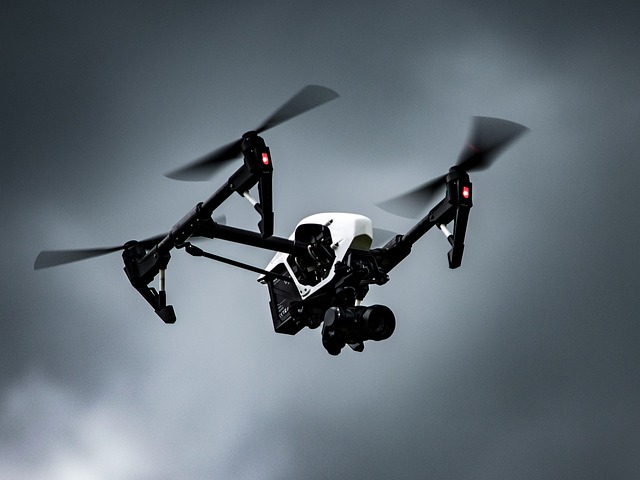
How Many Fire Departments Use Drones?
It’s hard to know exactly how many fire departments currently use drones. According to a 2020 study, 326 fire and rescue agencies owned drones, but this doesn’t include the agencies that use drones they don’t own. It’s also almost certain that this number has gone up since 2020.
As of 2020, California was the state with the most total public safety agencies that owned drones—with 140 agencies—followed by Texas, which has 115. Vermont and Rhode Island had the least, with two agencies each.
Can Drones Put Out a Fire?
Fire departments usually use drones to get better visibility and learn more about a situation. There are some drones, however, that can help put out fires. The EHang 216F carries six fire-extinguishing projectiles that can break through windows and release flame-retardant powder to help put out a fire.
There are more fire-extinguishing drones in development and, as new technology becomes available, there are likely to be even more options for drones that can put out fires.
What Are Drones Used for in Firefighting?
While technology is starting to be used to equip the latest drones with fire extinguishing capabilities, it’s still a very new and not-so-common use for drones. There are lots of other ways that drones are helping firefighters to contain and put out fires, and even perform rescue missions.
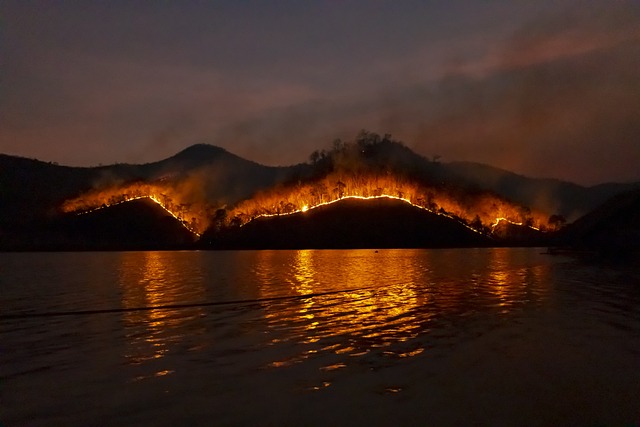
via Pixabay
Here are some of the ways drones are being used most often in firefighting:
Thermal Assessment
The most common use for drones in firefighting is gathering information and getting a visual that isn’t otherwise possible. Rather than sending firefighters blindly into a dangerous situation, drones are being used to assess the situation, which increases firefighter safety and helps to better predict how to fight any specific fire.
Drones provide a bird’s-eye view that’s not normally available to firefighters. They can look at a fire from any number of angles to capture data that will be the most helpful to the teams working to put out the fire.
Drones used for firefighting are generally equipped with thermal imaging. Thermal imaging converts heat into images using an infrared detector. It detects temperature differences and uses electrical signals to turn them into a colored picture that firefighters can study.
Thermal imaging drones can be used to get into confined spaces that are difficult and dangerous for firefighters to access, and they also work well in low-light conditions. This all helps firefighters get a better understanding of a fire that would not otherwise be possible.
Thermal imaging is an invaluable tool for gathering information during a fire because it can “see” through smoke, which gives insight into dangerous situations from a safer vantage point. Thermal imaging drones pinpoint hot spots in a fire so firefighters know where they should focus to put out the fire faster.
Our bodies emit heat as well. Thermal imaging can also use body heat to detect if any humans are trapped inside a burning structure so rescuers can have a better chance of preventing fire-related deaths.
Wildfire Management
As wildfires become more of a problem in parts of the US, drones are being used more and more to help monitor the fires and help firefighters to predict how to best fight them.
Aircraft like planes and helicopters have long been staples in wildfire management, but there are some issues that come with using them. Planes and helicopters have to be flown by pilots near fires, which is dangerous. Twenty-four percent of deaths that happened while fighting wildfires from 2006 to 2016 were because of plane and helicopter crashes.
It’s also very expensive to operate large aircraft, which can make it difficult to use enough of them to effectively fight fires. It’s hard for planes and helicopters to fly in smoky conditions because the pilots can’t see very well, and they can’t get into tight spaces, which limits the amount of information they can gather.
Drones, on the other hand, can navigate in these types of conditions, using thermal imaging to report clear data even through thick smoke. They can easily get into tight spaces and fly closer to dangerous conditions than planes and helicopters, which allows them to take high-resolution pictures that provide valuable information to those working to control the fire.
The exceptional visibility we get by using drones helps firefighters understand how a fire is spreading. Some drones can tell which direction the wind is blowing, which helps firefighters predict where the fire will move. This data allows teams to better contain wildfires and promptly evacuate anyone in their paths.
Search and Rescue
Fire departments are also asked to perform search and rescue missions and drones can play an important role. Search and rescue missions usually have to cover large areas while looking for a missing person. Most of the time, if someone goes missing it’s in difficult-to-navigate areas, like mountains or forests.
Drones can cover a lot of ground quickly, helping rescuers locate the missing person faster. Thermal imaging also detects body heat, sometimes allowing the search team to see where a person is located. Drones can also be equipped with loudspeakers so that searchers can communicate with the missing person and let them know a rescue team is near.
Emergency Deliveries
When a drone finds a person who is stranded in a hard-to-access area and it will take time for rescuers to reach them, drones can be used to make emergency deliveries. Life-saving medical supplies can be delivered quickly even in hazardous situations. Drones can often reach the stranded person long before rescuers can.
What Are the Requirements for a Firefighting Drone?
Drones used for firefighting come with specialized technology and can withstand very hot conditions. Here are some of the requirements for firefighting drones:
- Long battery life to cover large areas
- Flight stability to withstand high winds and drafts without getting knocked off course
- Redundancy systems—backups of critical systems for more reliable flights
- Water-resistance
- GPS technology
- High-resolution cameras
- Thermal imaging
How Much Do Drones for Firefighting Cost?
The price of a firefighting drone will fluctuate depending on its specifications and the technology it comes with. One drone that’s popularly used for firefighting—the DJI Matrice 300—costs a little over $13,000. Another drone—the Autel EVO II Dual—costs half that much at about $6,600.
The more durable the drone and the more sophisticated the technology, the more it will cost. Drones that are meant to help control wildfires will be more expensive than those used to inspect small housefires. While it might seem expensive to buy a firefighting drone, it’s much less expensive than buying and operating large aircraft, or even fire engines.
Another benefit to consider is the cost of training fire department personnel to fly drones versus hiring professional pilots. Licensed civilians can sometimes even volunteer to help carry out drone missions. This means that departments with small budgets can still use drones.
Can Drones Carry Hoses for Firefighters?
Some drone manufacturers are developing drones that are capable of carrying hoses for firefighters. One of the biggest challenges is that hoses filled with water are extremely heavy, so the drone needs to be able to fly while carrying a lot of weight. Aerones, a manufacturer based in Lativa, is working on a firefighting drone with 36 propellers that can carry over 600 pounds.
Will Drones Replace Firefighters?
It’s highly unlikely that drones will ever replace firefighters. They will, however, change how firefighters do their jobs and help to keep them safer. A drone’s main role in fighting fires isn’t to put them out, but to give firefighters the information they need to fight the fire themselves.
Even the most sophisticated drones still need human intelligence to operate and collect data. AI is powerful but nowhere near capable of replacing the human brain. Drones are being used more often as tools to help firefighters and, while they might change the way firefighters work, they’re meant to assist and not replace them.
Final Thoughts
Firefighters are starting to rely on drones to improve their ability to safely and effectively put out fires. Drones are promising firefighting tools and can be used for anything from improving visibility to finding people trapped in a burning building.
Fenstermaker’s Advanced Technologies team provides drone emergency response support to improve outcomes during a fire while protecting the lives of emergency response teams. Learn more about how we can provide drone support to help with fire management.
